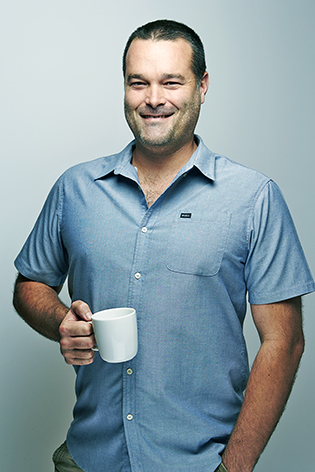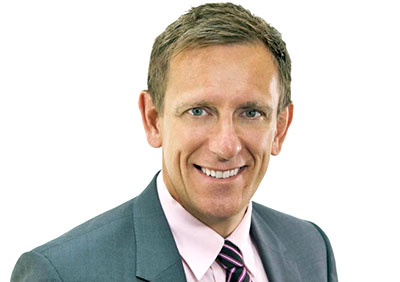Business control is vital – or you’ll go from hero to zero says CFO Centre
AFTER the first flush of start-up, many business owners find themselves faced with common problems caused by business control.
Those problems tend to polarise into coping with potential failure or run-away success – the ‘zero or hero’ scenario, according to The CFO Centre managing director Andrew Crealy. 
“The heroes are fast-growing, successful businesses, usually with considerable drive and enthusiasm from business owners,” Mr Crealy said. “Heroes are clearly going in the right direction, and appear to be getting there rapidly.
“However, like a fast train, without good control systems, knowing when to slow down or accelerate and understanding all the signals – a hero-business can easily run out of track and suffer a spectacular crash.”
Mr Crealy described the ‘zeros’ as “those businesses that, for some reason, are finding life difficult”.
“ These can often be potentially great businesses, but they find themselves in a situation where their viability may be threatened, again by poor business control,” he said.
“It is immaterial whether businesses fail with a huge fall or sink slowly and uncontrollably – the result is always the same.”
BUSINESS HERO/ZERO ISSUES
Mr Crealy said the CFO Centre often found hero-business owners to be extremely enthusiastic, have great business ideas, products or services and they were consumed with ambitions for growth.
“Such businesses, led by their highly driven business owners, are usually great to work in, customers and suppliers alike are impressed with the never say die attitudes,” Mr Crealy said.
“Prime amongst the issues for the fast growing start up is being under-capitalised – the great idea can often die as a result of just not having enough cash.
“The enthusiastic owner whose vision drives the business can suffer from a lack of vision for coping with growth.”
Mr Crealy described ‘zero’ businesses as “strugglers”.
“They can be fallen heroes; however they are usually businesses that have striven to survive almost from day one,” he said. “They often adopt a wait and see policy, hoping that things will get better.
“They are usually characterised by a lack of profitability and cash. The constant pressure of trying to juggle cash to make ends meet overshadows the viability of the business and the potential success that lies within.” 
BOOST ZERO, CONTAIN HERO
As with the medical profession, prevention is always better than cure. However, even business cases that may appear terminal can often be rescued, Mr Crealy said.
“The solution lies in business-based financial support and advice,” he said. “The problem facing both heroes and zeros is finding and funding that advice.
“Frequently, business owners bemoan the difficulty in finding and sourcing affordable advice. However, in some cases they cannot afford to be without that advice.
“As with so many other things, the business owner should go for experience. Someone who has ‘been there, seen it and done it’.
“One immediate response is to hand the problem to the accountant. This can provide a solution, but in reality, most external accountants are not experienced in running a business.”
Mr Crealy said was where the CFO Centre came into the picture – outsourcing such problems to highly experienced financial and business managers
“An experienced chief financial officer (CFO) is invaluable in recognising the danger signals and providing solutions, they know how to finance a business, deal with growth, present meaningful monthly numbers and get the best deals from banks,” Mr Crealy said.
“At some point both heroes and zeros need this experience but they probably don’t need it full time – this is where an outsourced CFO provides the best solution.”
Mr Crealy said owners of hero to zero businesses were prime candidates for an outsourced part time CFO solution.
“With the outsource option, business owners can access a financial management skill set, that is experienced in dealing with problems and opportunities, able to organise both the in-house and external accounts functions, and provide the necessary business advice,” Mr Crealy said.
“The outsourced CFO has the skill set to plan and implement the controls needed to help the zero business survive and the hero business to grow positively. Additionally, an outsourced or virtual solution does not impact payroll or headcount with the business only charged for the days worked – which may only be a few days per month.
“Business owners – zeros or heroes – cannot afford to be without business-based financial advice. The outsourced CFO should be their first priority, before they hit the problems, after all the more time a business has to rectify a situation the more chance of success.”
EXTRAS >>
Watch a 3 minute video here to find out how you can take on one of Australia’s leading CFOs for a fraction of the cost of a full-time employee.
Watch 60 second video on how CFO Centre's outsource model works.
ends








